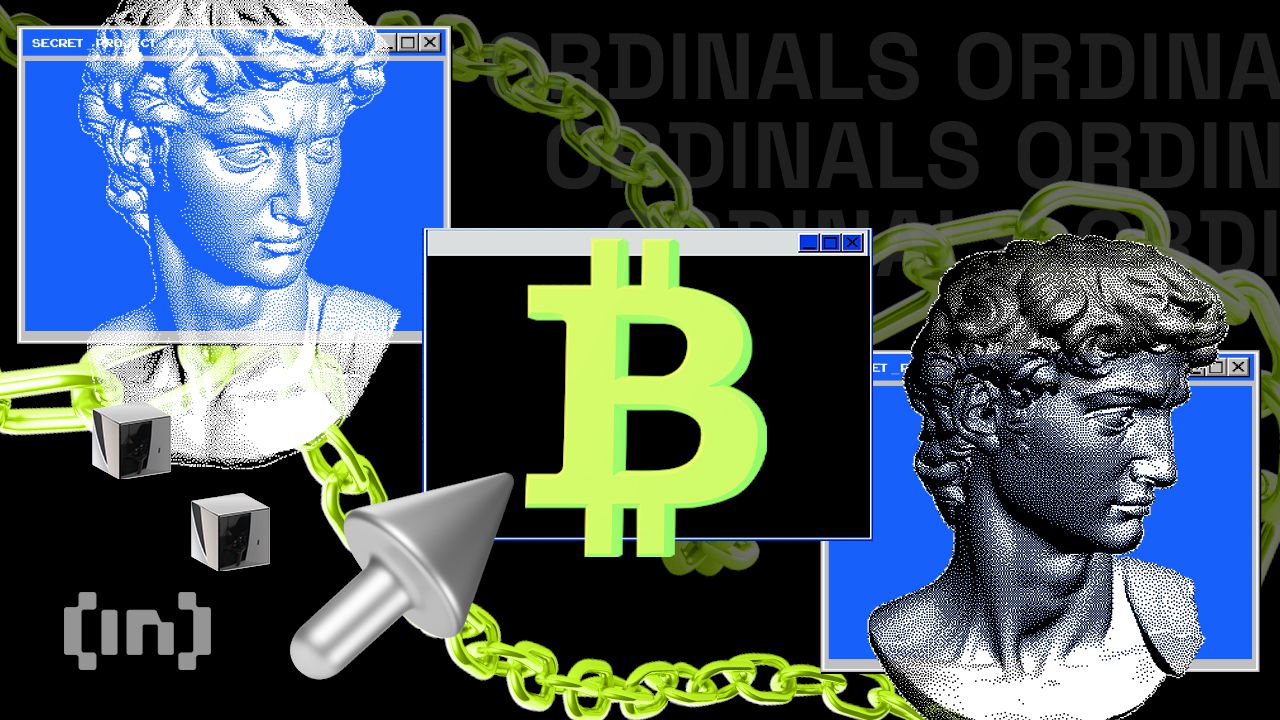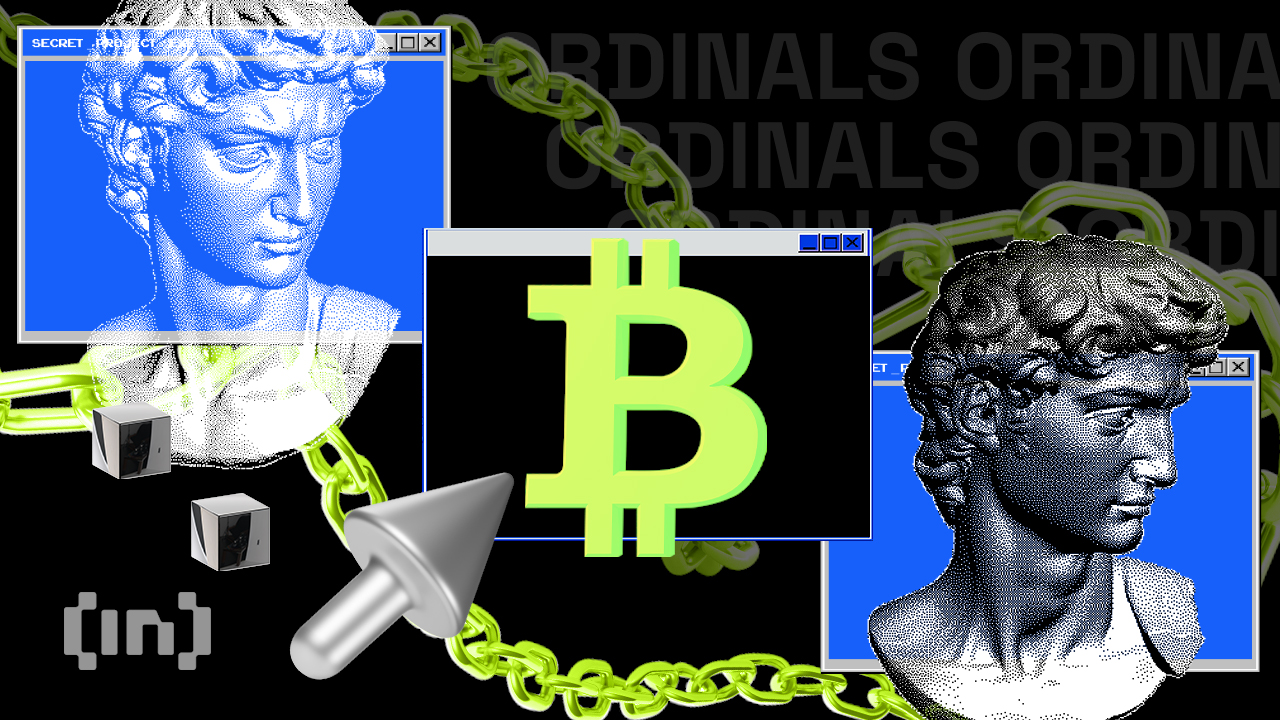The NFT Market Still Faces Long-Term Barriers To Growth

[ad_1]

The NFT market looks to be moving on from the turbulence of 2022. But the industry still faces significant long-term barriers to growth this year, involving security, UX, and waning interest from brands.
According to a report published earlier this month, the NFT market is back to its highest levels since May 2022. This indicates the market is back on track from the multiple crypto crashes last year. The Terra-LUNA crash of May 2022 was the first dramatic moment of that year and marked the end of the crypto bull market. NFT trading volume and sales plunged shortly after.
So far, chatter around the NFT market this year has focused largely on the emergence of the new marketplace Blur. Its rise has not been uncontroversial, with observers speculating that the marketplace is home to an unusual amount of wash trading.
A new CoinGecko report shows that February 2023 saw a 126% increase in wash trading from the previous month’s volume of $250 million. Wash trading apparently made up a combined 23.4% of “unadjusted trading volume” across the industry’s six largest marketplaces. With the rewards offered by some marketplaces, users were incentivized to raise their trading volumes. In the month following the launch of the $BLUR airdrop, Blur saw wash trading triple.
Brands Have Shifted Focus From NFT Market
According to DappRadar, the recent collapse of Silicon Valley Bank contributed to a temporary dip in the NFT market. However, “the recovery was quick, showing the resilience of these top-tier NFTs,” the source said.
According to Alex Salnikov, Co-founder and Chief Strategy Officer of Rarible, multiple obstacles could make 2023 a difficult year for the industry. “These turbulent times also haven’t helped the stigma around NFTs which continues to be a barrier to growth. The general population is still skeptical of NFTs, and as we’ve seen, some mainstream brands are opting to refrain from using the term ‘NFT’ and instead using terms like ‘digital collectible’ to appeal to the masses,” Salnikov told BeInCrypto.
Some of these brands include Reddit’s “Collective Avatars,” Dapper Labs’ NBA Top Shots, and Candy Digital’s Major League Baseball and Strange Things partnerships.
“During the bull run, we also saw an influx of big brands wanting to experiment with NFTs,” he said. “This year, we’ve seen brands like Meta put a hold on Web3 initiatives. I have confidence that these brands will be back. Now is just the time when everyone has to make tough decisions around where to allocate resources, and Web3 strategies are a large undertaking that a lot of companies don’t have the time or resources to take on during this market.”
(It is worth noting that Amazon has recently announced plans to enter the NFT space. But this is largely a blip, as big brands pivot towards AI and other revenue streams.)
“Beyond this, the ongoing war between centralized marketplaces is affecting the overall NFT market. Traders are trading NFTs like they’re tokens, and marketplaces are forgetting what truly matters. What matters most are artists, creators, and their communities,” Salnikov added.
It Comes Down to Usability
J.D. Lasica, CEO and co-founder of Amberfi, a Web3 startup set to launch a new creators-centric marketplace in April called Expressions, believes this is a time of market maturation. Despite the minor setbacks, there is plenty of reason to be confident. “We live in a sector that sets its internal clock by minutes and seconds instead of months,” he said.
“Over the next year, we should see a slow if unsteady upward trajectory in the NFT space for two reasons: Broader use cases for NFTs in fashion, retail, finance, real estate, and other big verticals as NFTs move beyond monkey jpegs. More and more digital-forward collectors will want to trick out their online lifestyles with cool digital swag — and brands and creators are eager to please.”
However, one elephant in the room is the usability problem. NFTs are notoriously insecure, easy to steal, and hard to retrieve once stolen. It will be hard to pitch NFTs to a mass-market audience until these features become bugs. “Several projects are chipping away at the barriers to widespread adoption,” continued Lasica. “Everyone’s looking to the latest hot new collection instead of trying to solve the two main problems that bedevil the space: security and usability.”
The Key Word: “Communities”
“Even veterans of the space won’t open an airdrop or buy an NFT for fear that a bad actor will drain their wallet. We need to instill trust in our space. Once that is restored and usability improves, we’re off to the races.”
Lasica refers to a technique known as “airdrop phishing.” When a wallet owner connects to an airdrop and signs a transaction, this can leave the wallet open to exploits. A survey last year revealed that only one in ten NFT holders had avoided scams. Half of the users have lost access to NFTs at some point in the past.
Straith Schreder, the Executive Creative Director of Palm NFT Studio, believes communities are key to the future of the NFT market. “This will continue to drive market growth as these brands begin to onboard their core fans into NFT experiences. New users will continue to redefine the way we use this technology.”
“The history of NFTs so far has really been about marketplaces. But the way we connect with brands is more than transactional. The NFT platforms and features that will drive this next growth cycle will center the experience of core fan communities: empowering them with access, rewarding their support, and providing them with a stake in what they love.”
Disclaimer
BeInCrypto strives to provide accurate and up-to-date information, but it will not be responsible for any missing facts or inaccurate information. You comply and understand that you should use any of this information at your own risk. Cryptocurrencies are highly volatile financial assets, so research and make your own financial decisions.
[ad_2]
Source link
